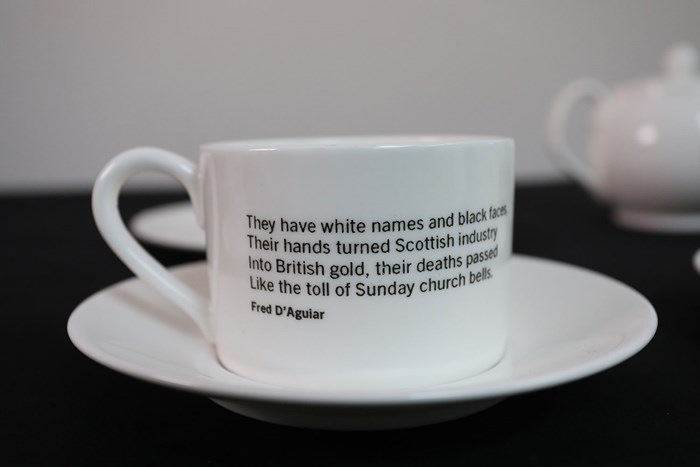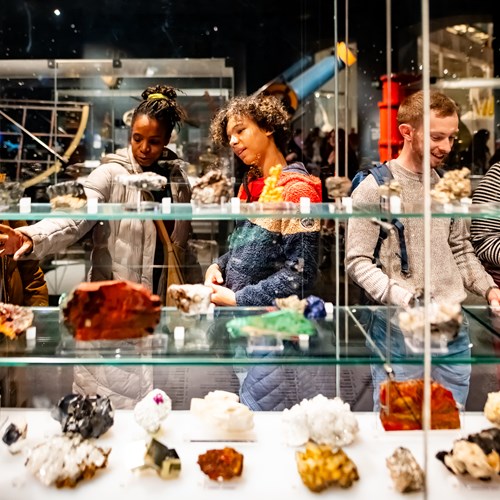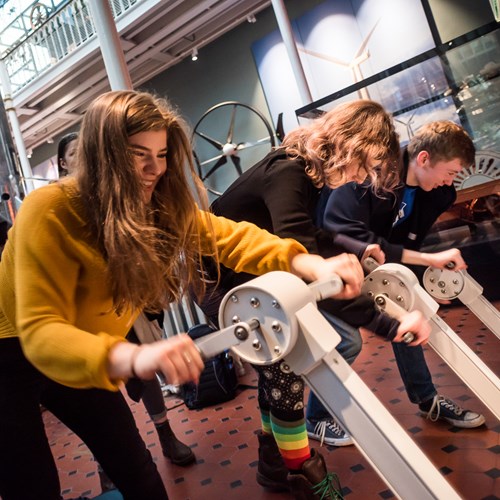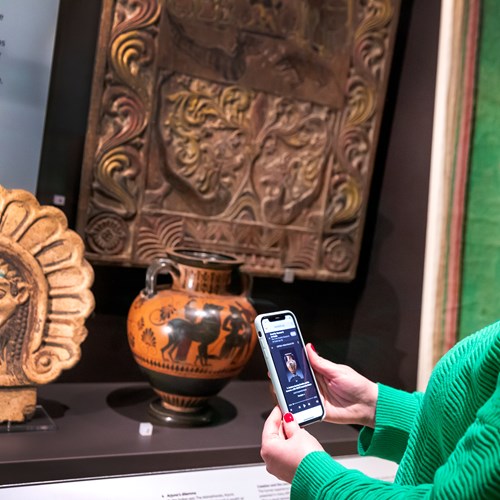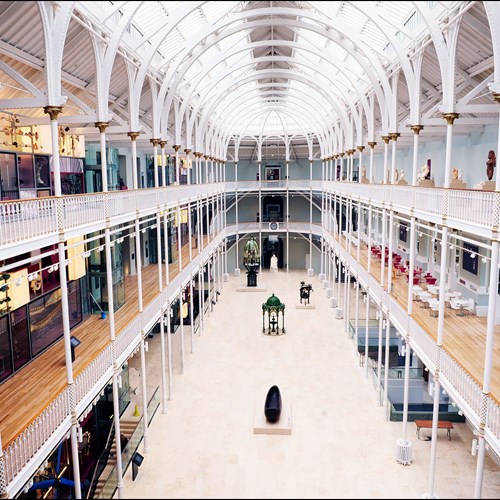New thinking, new collecting
1 Aug 2020 - 1 Jun 2021
Hawthorden court
Free
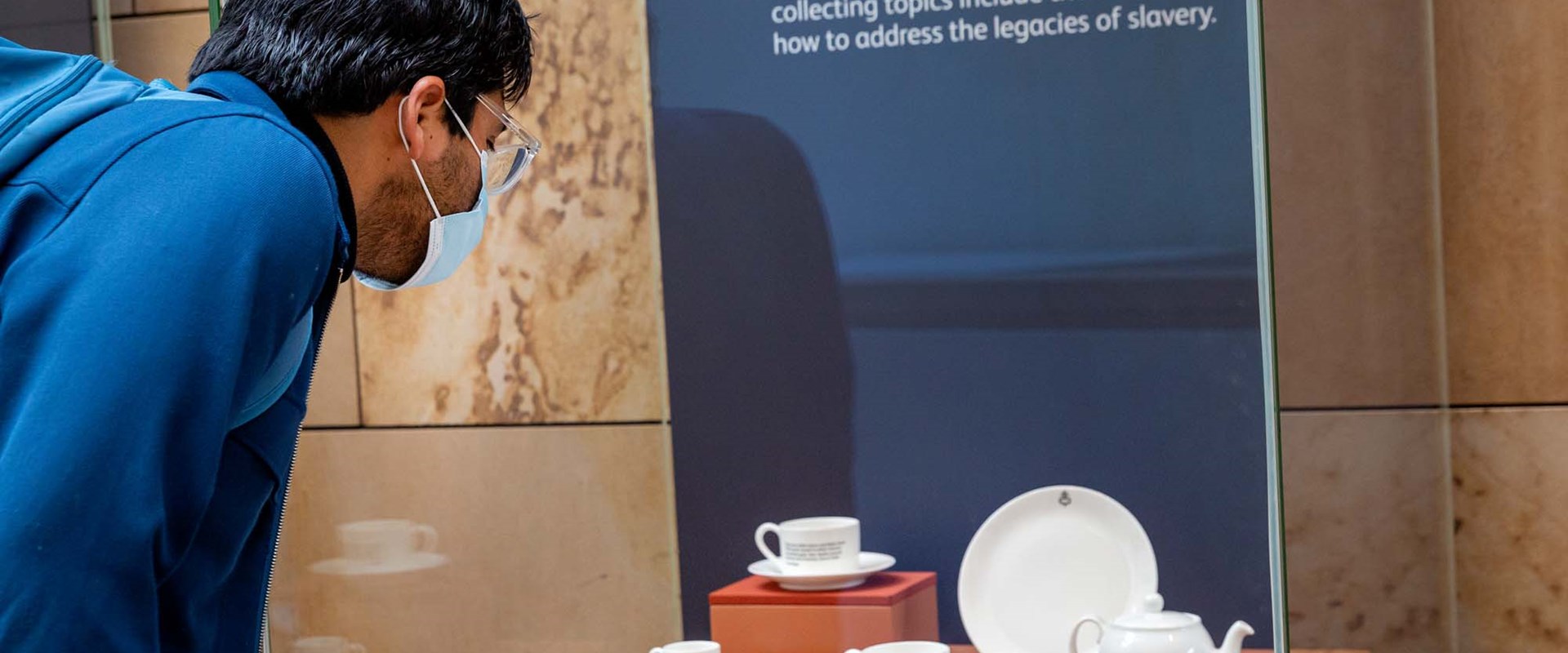
Through research, scientific analysis, conservation and collaboration with our many partners we are discovering untold stories about our existing collections. We are also continually making carefully chosen additions to the collections which will be displayed in future years.
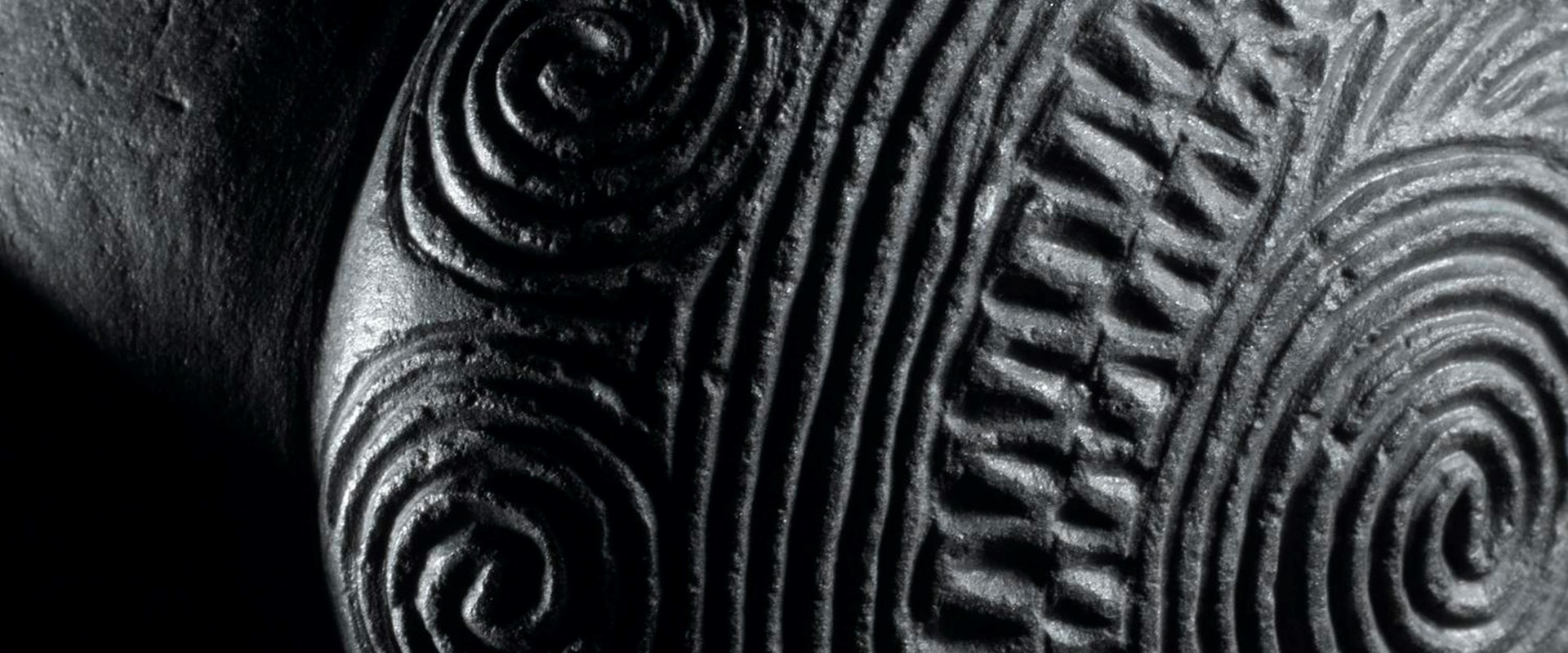
Carved stone ball from Glass Hill, Towie, Aberdeenshire, Neolithic, c. 3000 BC.
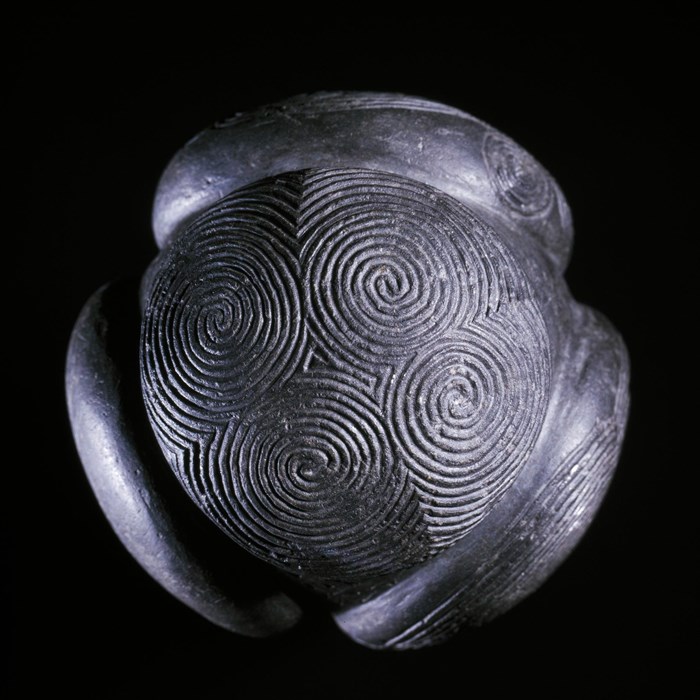
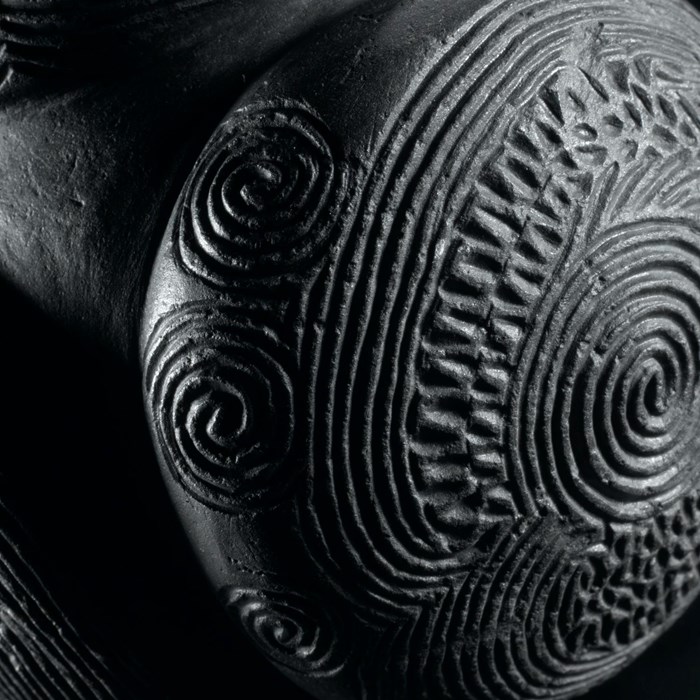
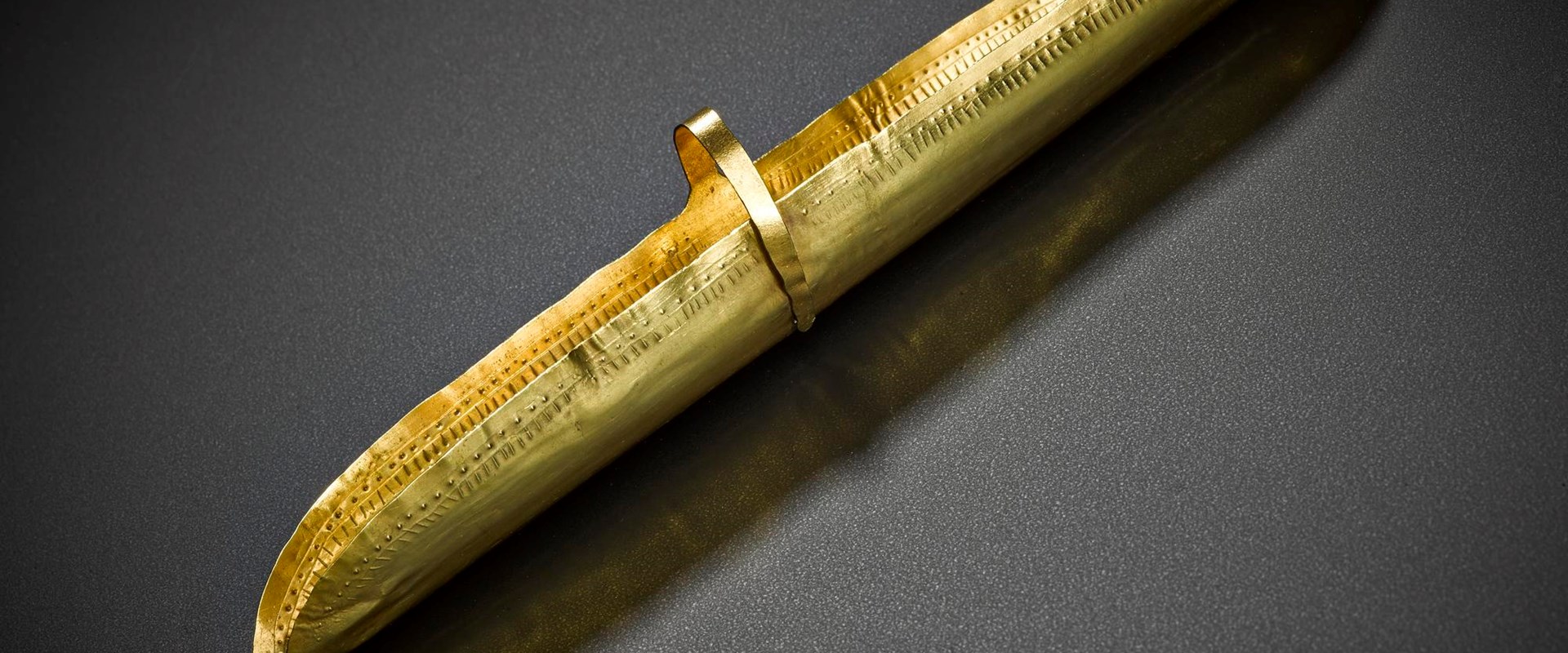
Hair ornament of gold, semi-tubular with a tang for attachment, found at Orbliston Junction, Moray, possibly made in Ireland, 2300 - 2000 BC.
The start of the Bronze Age was a time of change. Research on our collections indicates that new technologies and new objects emerged as people migrated to Scotland, bringing metalworking knowledge with them. The first metal tools were made from copper, but this was soon replaced with bronze, an alloy of copper and tin.
These people also brought a new style of decorated pottery, and new ways of burying the dead. Local communities adopted the knowledge, ideas and materials. Exchange networks were developed to source copper, tin and gold. Producing, using and burying metal objects became important ways of communicating status and power.
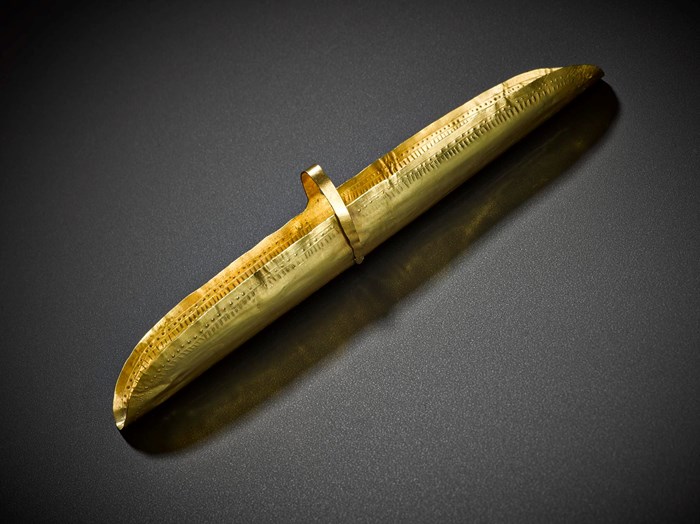
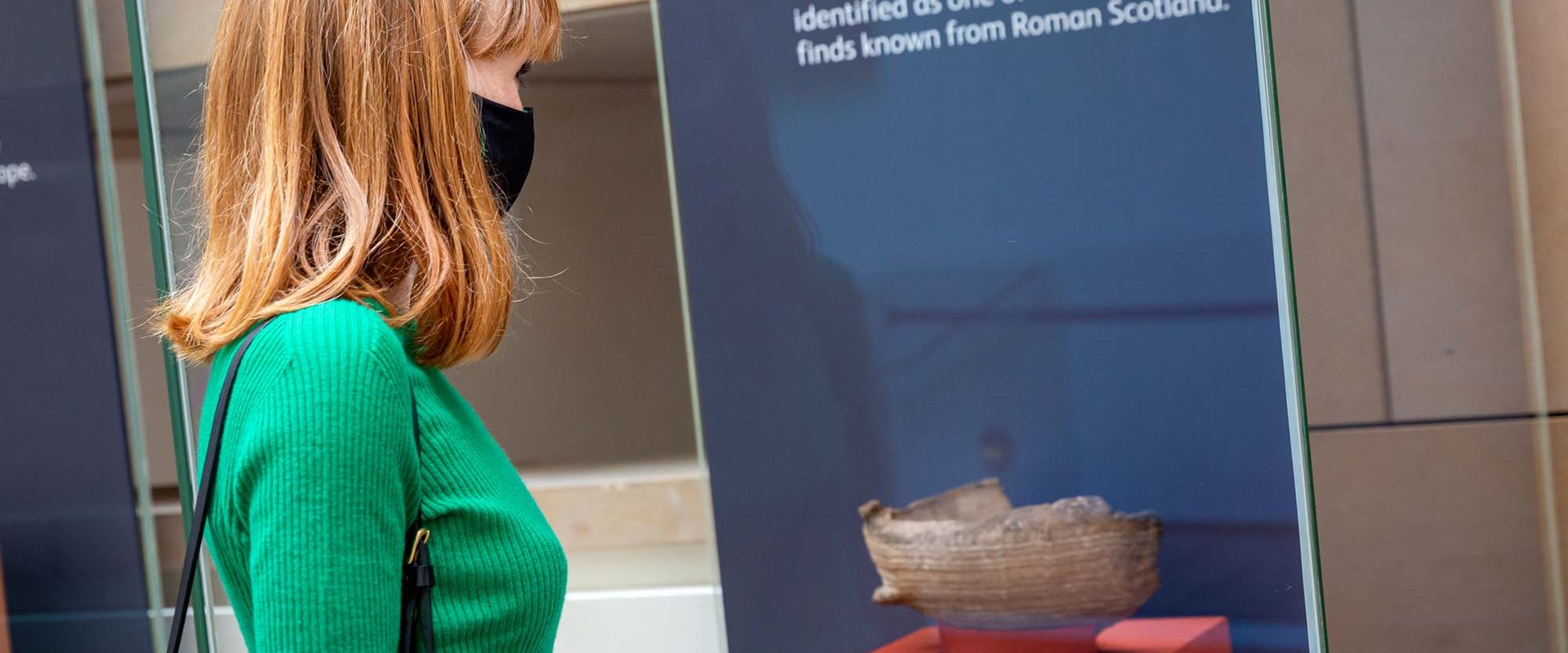
Alabaster urn, imperfect, from railway cutting near Grahamston, Falkirk.
In 1849, this stone burial urn was uncovered in railway works near the Roman fort of Camelon, north of Falkirk. It was displayed for some years after its discovery, but in 1900 the curators of the museum decided it was later than Roman, and it was put into storage.
A recent review and move of collections brought it to the attention of today’s curators. Research confirmed its Roman origins and revealed it was made from exotic Egyptian stone, and is one of only two such urns found in Britain.
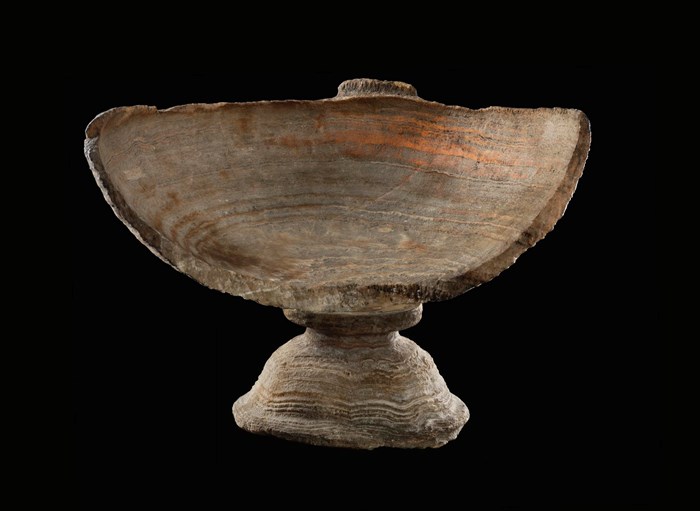
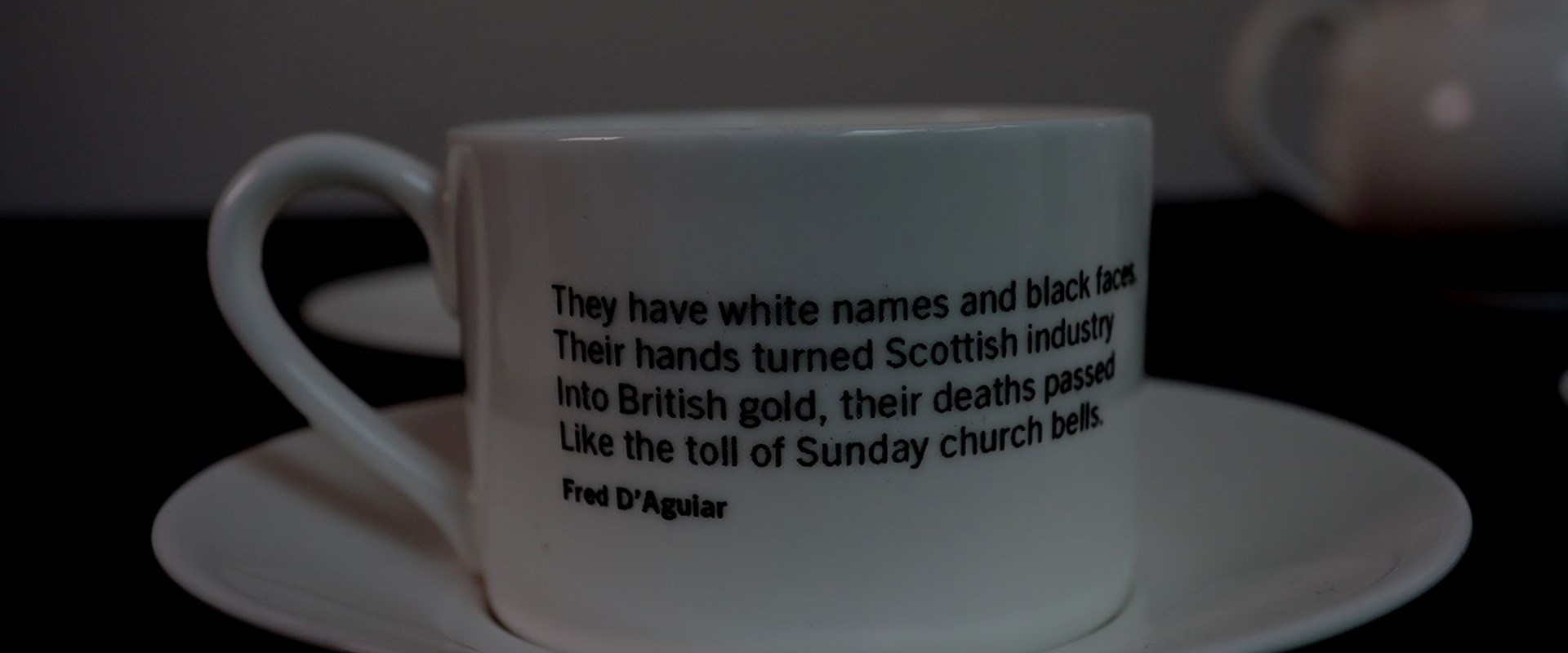
White porcelain tea cup of Wedgwood china designed, commissioned and used by the Empire Café project, a contemporary exploration of Scotland’s relationship with the transatlantic slave trade.
This crockery was designed for use at the Empire Café, a pop-up centre for events exploring the history of Scotland’s involvement in the slave trade, set up in Glasgow during the 2014 Commonwealth Games. Tea, coffee, sugar and food served in the Empire Café linked back to commodities and profits based on slavery.
The crockery was made from specially fired Wedgewood china, chosen because of Josiah Wedgwood’s role as anti-slavery campaigner. The pieces carry the Empire Café logo, designed to emulate a china mark comprised of a boat and a book, and rendered in gold to reflect the riches made from slavery. The cups feature extracts from an anthology of contemporary Caribbean and Scottish poetry commissioned for the project.
The Empire Café was co-directed by architect Jude Barber, Director, Collective Architecture and author Louise Welsh, Professor of Creative Writing, University of Glasgow.
Watch a video on this acquisition
Find out more about our work around colonial histories and legacies in our museum
